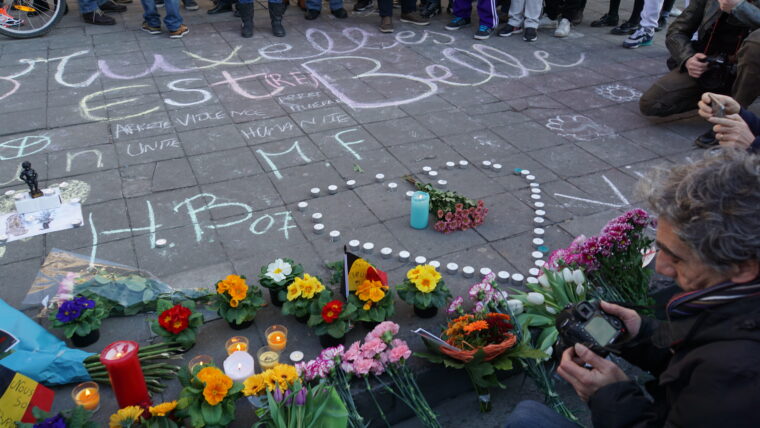
WWII
Civilization Under Siege
As you may know, we produce this magazine several months in advance of its publication date, so this editorial will be “old news” by the time you read it. Read more
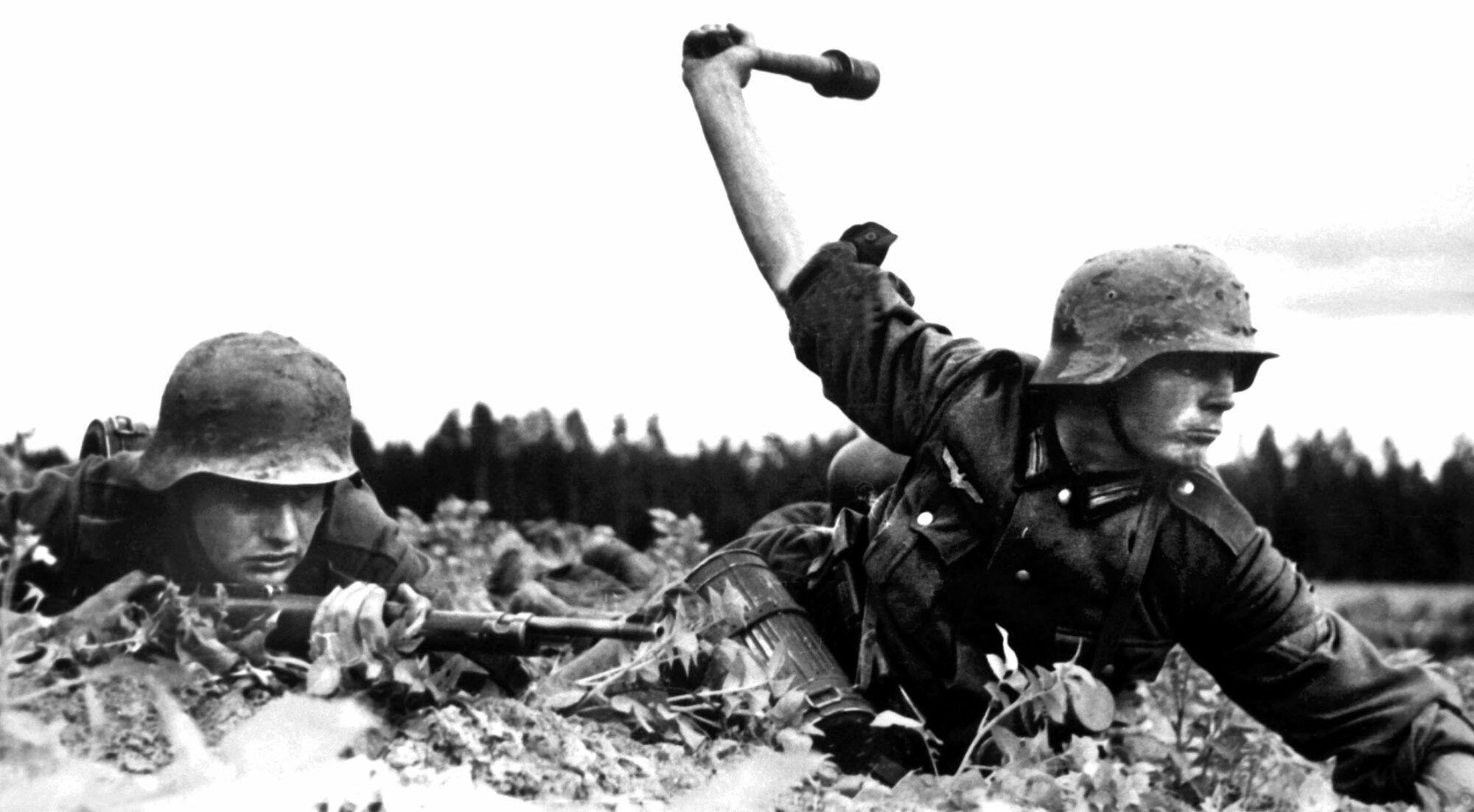

WWII
As you may know, we produce this magazine several months in advance of its publication date, so this editorial will be “old news” by the time you read it. Read more
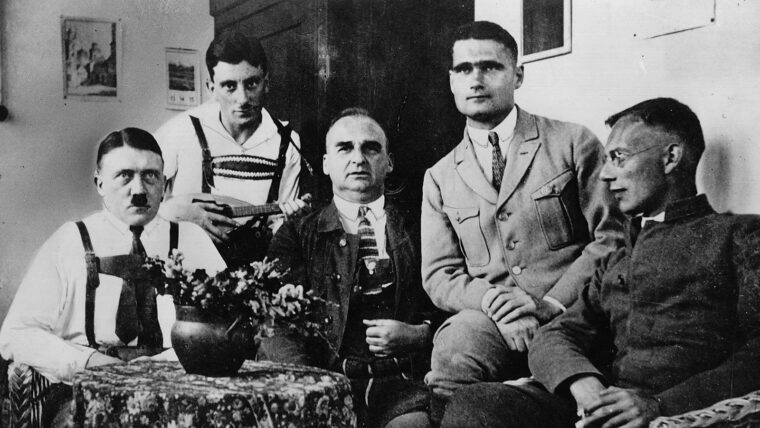
WWII
When the Nazi party attempted to seize power in the Bavarian capital of Munich in November 1923, a number of Adolf Hitler’s brown-shirted ruffians were killed or injured when the right-wing marchers were confronted by troops loyal to the government. Read more
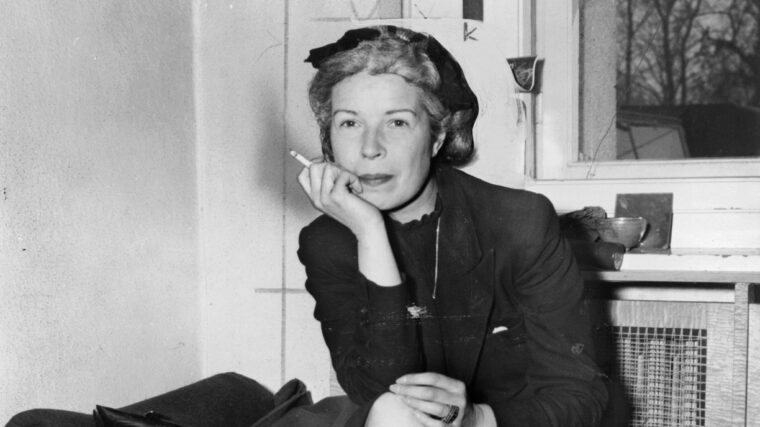
WWII
“This is Berlin calling the American mothers, wives and sweethearts. And I’d just like to say, girls, when Berlin calls it pays to listen.” Read more
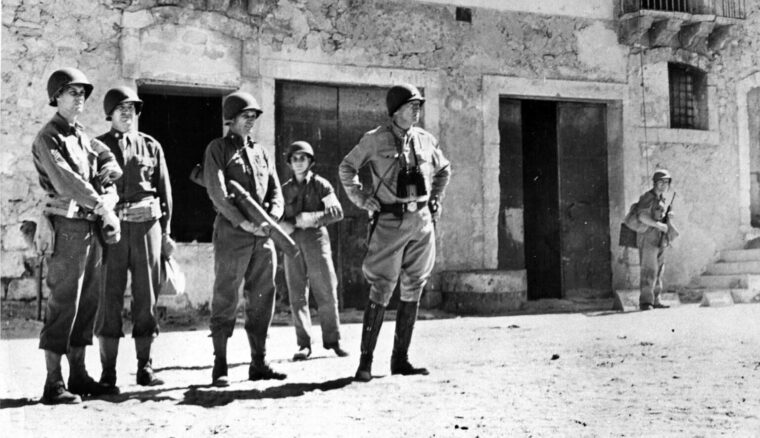
WWII
On August 3, 1943, the day that General George S. Patton, Jr., learned that his superior, General Dwight D. Read more
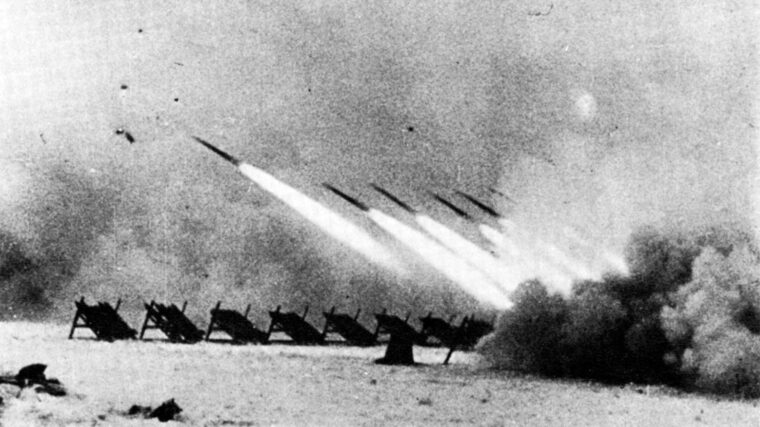
WWII
In the fall of 1942, in a prelude to the now-famous Operation Uranus, the Red Army had its back to the wall once again. Read more
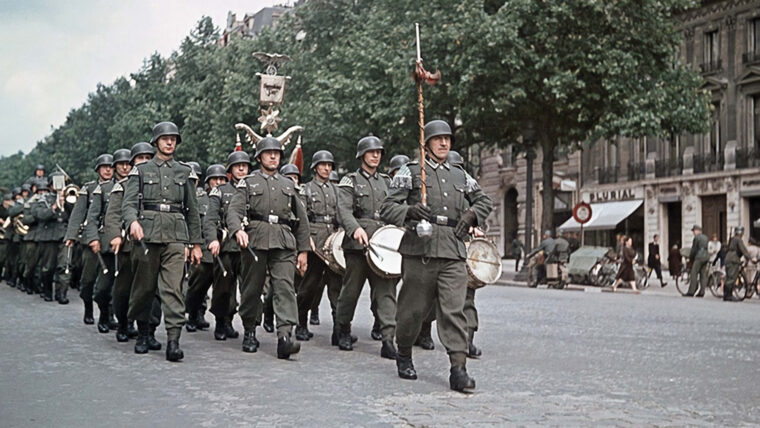
WWII
It was early in the morning of June 14, 1940, when the Third Reich arrived in Paris. The defeat of France was nearly complete, with French and British forces in retreat. Read more
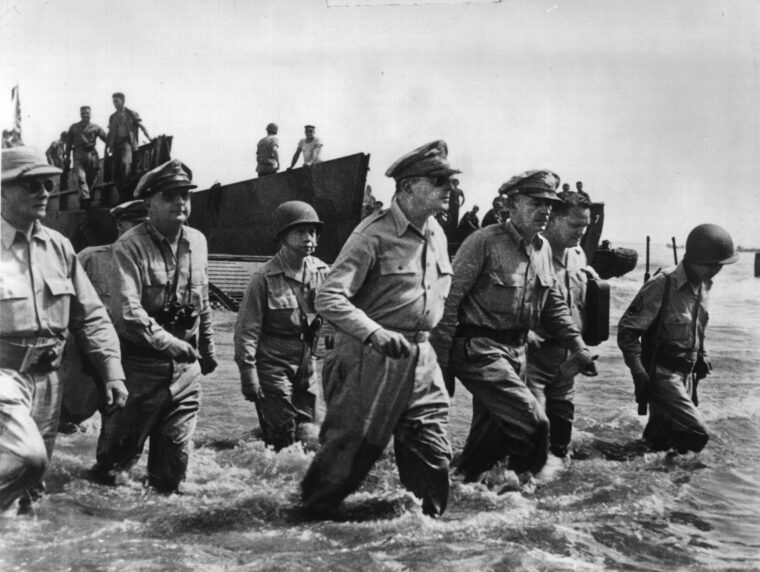
WWII
It was late November 1943, almost two years after the Japanese attack on Pearl Harbor and America’s entry into World War II. Read more
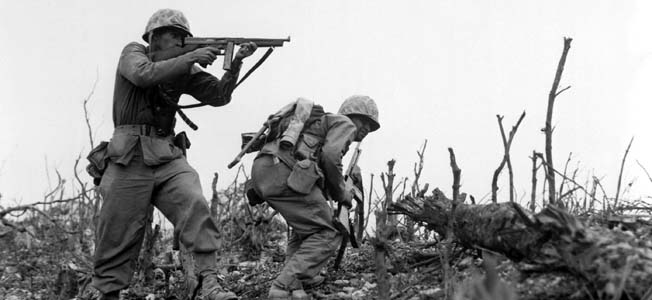
WWII
In 1917, when America entered the First World War, the United States Army tasked Brigadier General John T. Read more
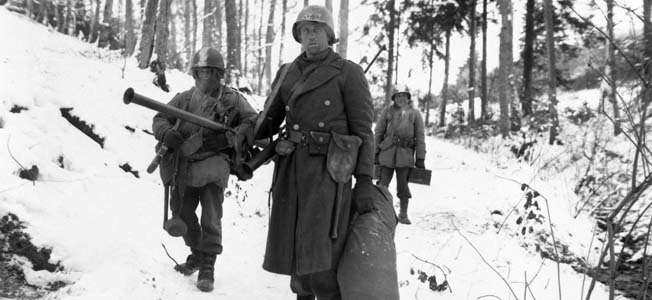
WWII
During the Battle of the Bulge, Adolf Hitler launched his last great counteroffensive along the Western Front. From full armored divisions running on gasoline fumes to “American schools” teaching spies how to pose as Allied soldiers, Hitler used everything in his arsenal to try to turn the tide of the war. Read more
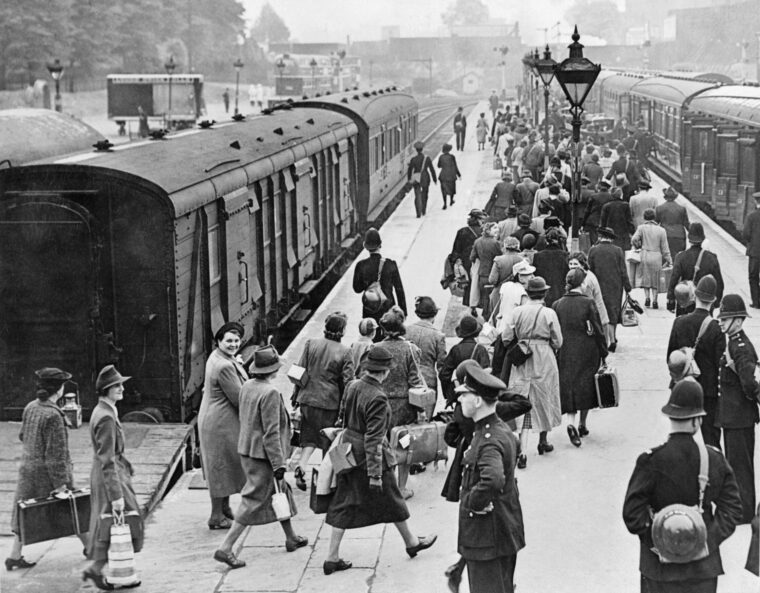
WWII
The pictures are heartbreaking.
Thousands of refugees fleeing persecution by their government and possible death in their homeland, leaving all their possessions behind, spending their life savings and risking almost anything to escape an existence that had become intolerable. Read more
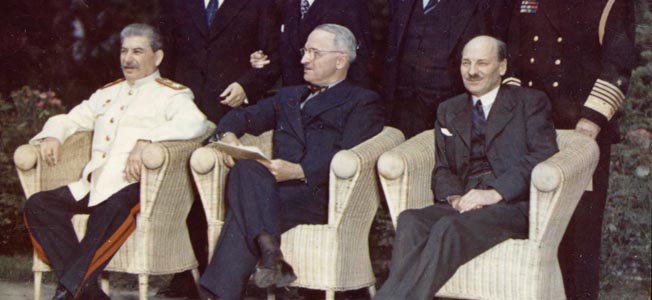
WWII
During the more than 60 years since the detonation of the first atomic bombs—and the only time nuclear weapons have ever been used operationally—a major debate has erupted over the Hiroshima and Nagasaki bombings. Read more
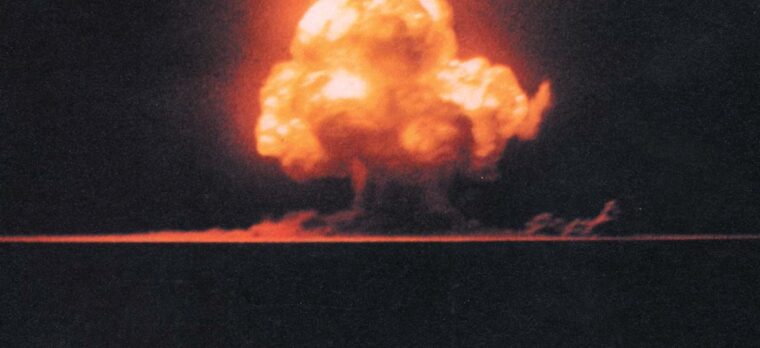
WWII
On August 7, 1945, the day after the atomic bombing of Hiroshima, President Harry S. Truman announced, “The force from which the sun draws its power has been loosed against those who brought war to the Far East. Read more
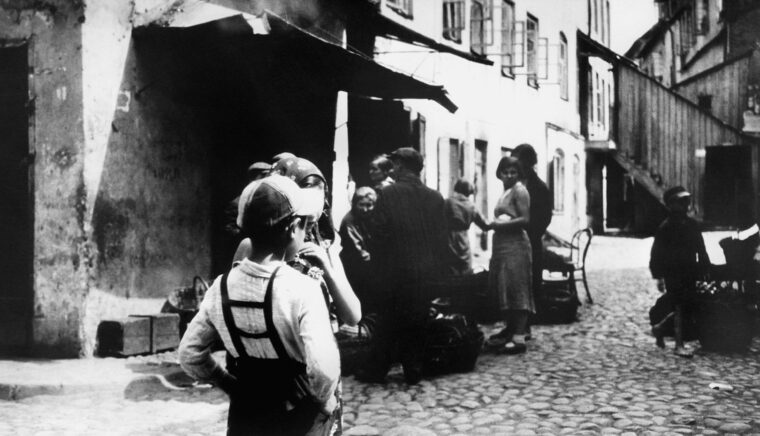
WWII
After the German Army’s invasion of Russia in June 1941 and the capture of the historic Lithuanian city of Vilnius late that month, Abba Kovner and a group of friends took refuge in a Dominican convent on the city’s outskirts. Read more
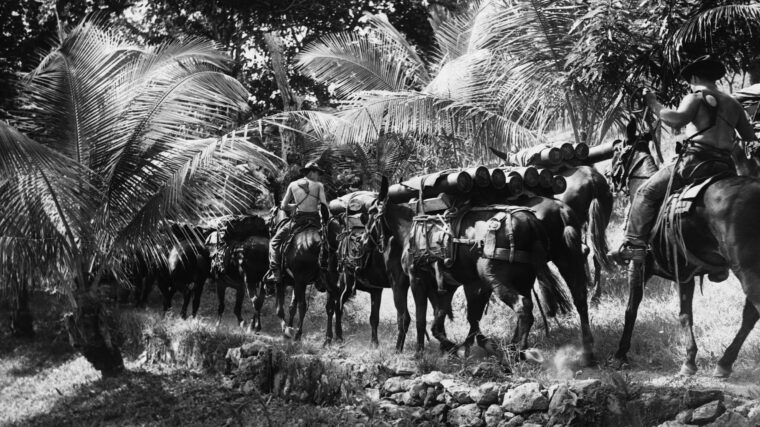
WWII
In the words of a veteran of the China-Burma-India Theater, retired Technical Sergeant Edward Rock Jr., [they] “served without a word of complaint or lack of courage. Read more
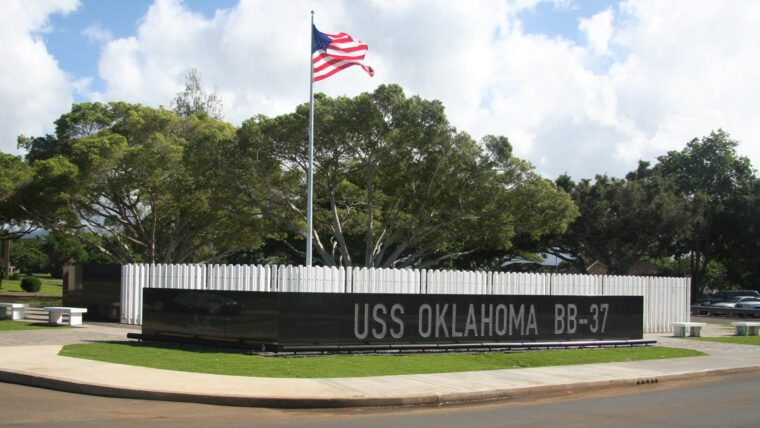
WWII
On the morning of December 7, 1941, the battleship USS Oklahoma was moored along Battleship Row at Pearl Harbor, outboard of the battleship USS Maryland. Read more
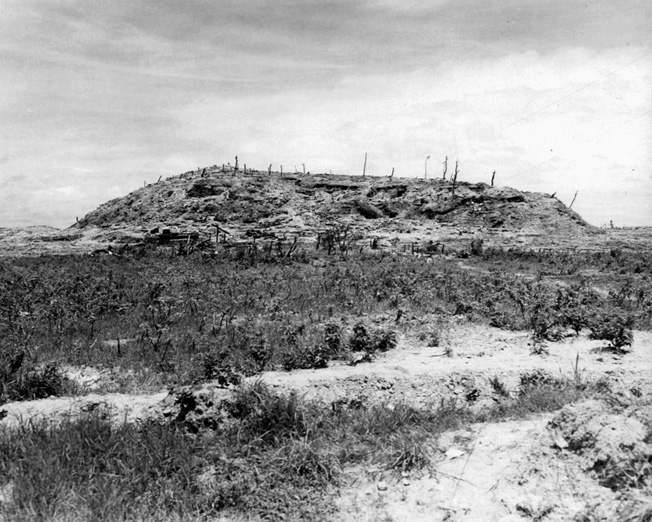
WWII
It was Colonel Hiromishi Yahara who designed and implemented the jiykusen, or the yard-by-yard battle of attrition that cost the American forces so many casualties in the three-month battle, and he was the highest ranking officer to survive the battle and make it back to Tokyo. Read more
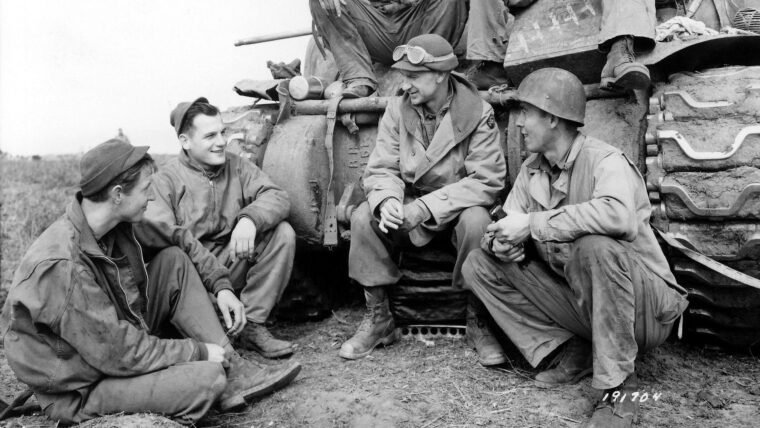
WWII
Ernie Pyle did not want to go to Okinawa. He was too old, too tired, and—some said—too jaded for yet another American invasion of ferocious enemy territory. Read more
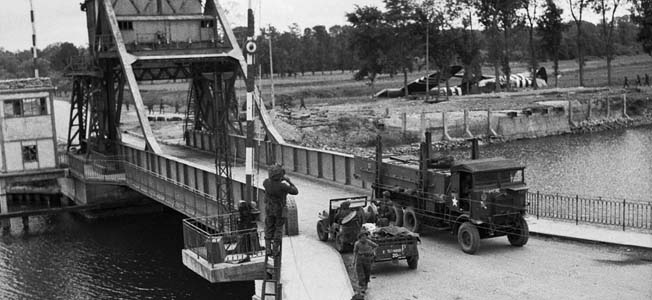
WWII
This article was provided by Martin Cherrett, whose blog, World War II Today, provides a unique way military history enthusiasts can understand and experience the Second World War. Read more
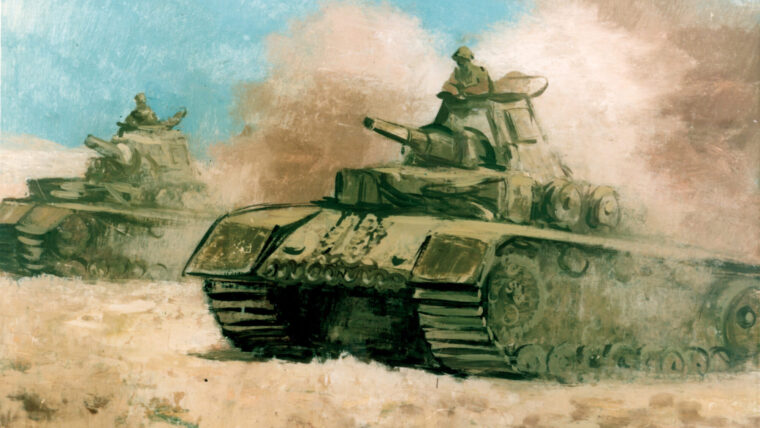
WWII
In the winter of 1942-1943, the Allies had every reason to believe that they were on the verge of total victory in North Africa. Read more
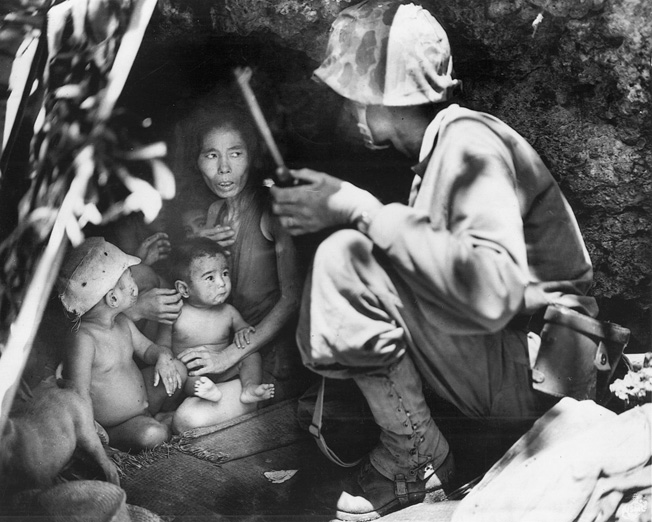
WWII
Normally, the end of combat brings satisfaction and a sense of relief, but the Army infantrymen and Marines who slugged it out with the Japanese at Saipan experienced little of either. Read more